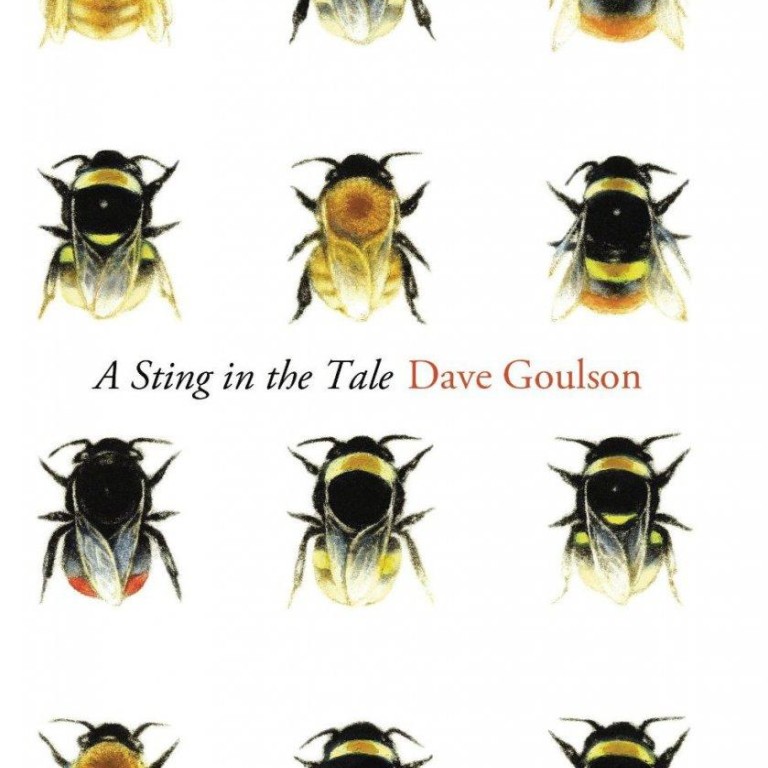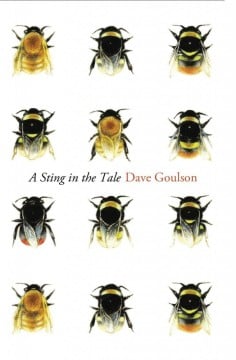
Book review: 'A Sting in the Tale'
There are 20,000 bee species. Honeybees - "the anorexic cousins of bumblebees", as Dave Goulson describes them - have been domesticated for centuries and are drab in colour.
by Dave Goulson
Cape
There are 20,000 bee species. Honeybees - "the anorexic cousins of bumblebees", as Dave Goulson describes them - have been domesticated for centuries and are drab in colour. Most bumblebees, of which there are 250 species, are more spectacular: the charismatic tigers of the insect world.

There has been a massive drop in insect life in the past half-century. The number of moths, a better-studied insect group than almost any other, fell by 40 per cent in southern Britain between 1968 and 2007. Bumblebees have also nearly disappeared in less than a lifetime.
So having wiped out these natural pollinators in the pursuit of greater "efficiency" in farming, we are now putting them back in order to make money. Goulson found yields at a raspberry farm near Dundee increased by 8.3 per cent thanks to commercial bumblebee boxes. Rather than sensibly seeking to boost wild insects, we pursue a quick fix of commercially bred bees, which turn out to spread fatal diseases among native species.
Yet Goulson's book is not a depressing read: for him, insects have been a gateway into a fascination with the natural world.
Goulson notes a few remarkable features. Flying bumblebees maintain a temperature of 35 degrees Celsius, almost as warm as a human body - an astonishing characteristic given how much harder it is for a tiny being to keep warm. Flapping their wings 200 times per second generates heat but requires a colossal amount of energy. A bumblebee with a full stomach is only 40 minutes from starvation, so they have to eat almost constantly. Pollen gives the protein-rich food they need and, unusually for insects, bees feed on pollen and nectar throughout their lives.
As Goulson shows, the carefully managed return of native bumblebee species has required the recreation of large-scale habitats that benefit insects, birds and mammals. This is a transformation of our environment of a wholly benign kind.
